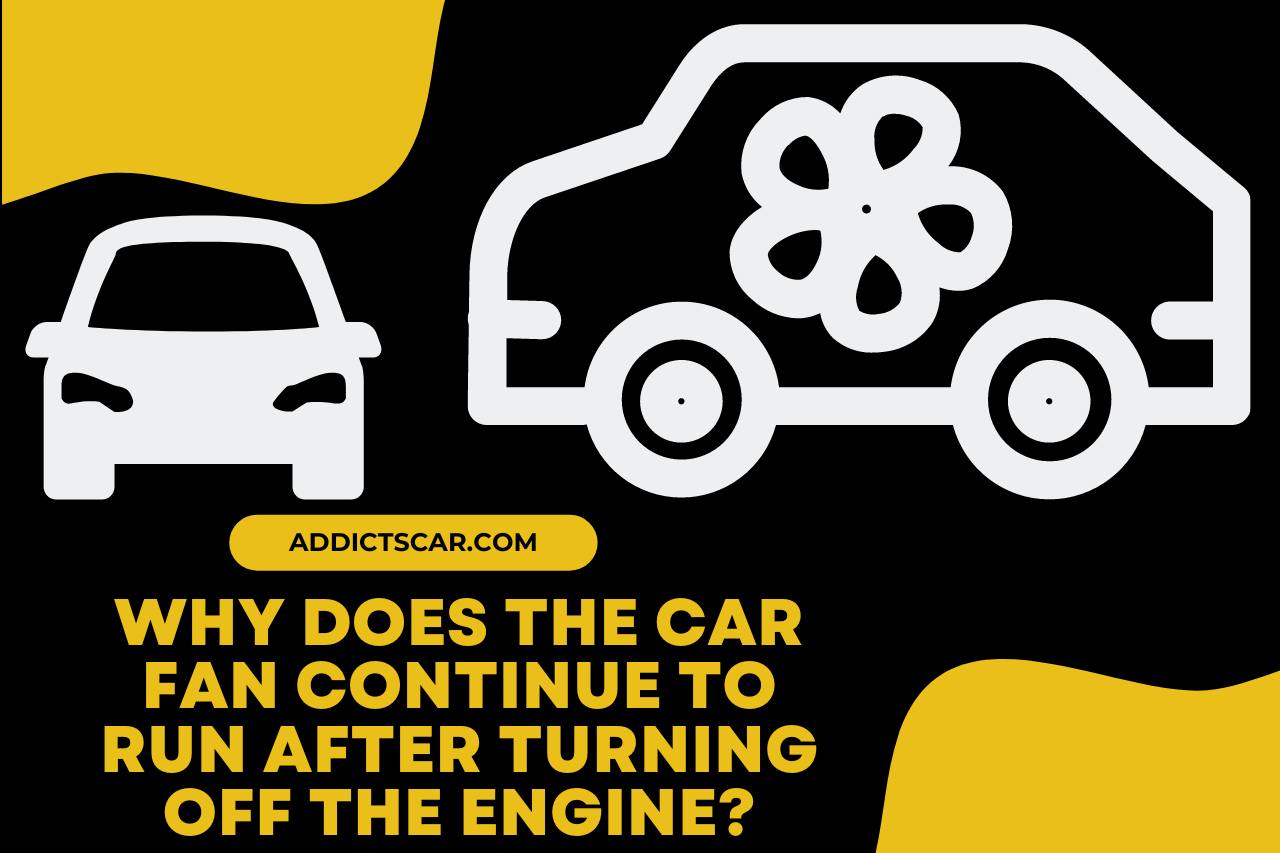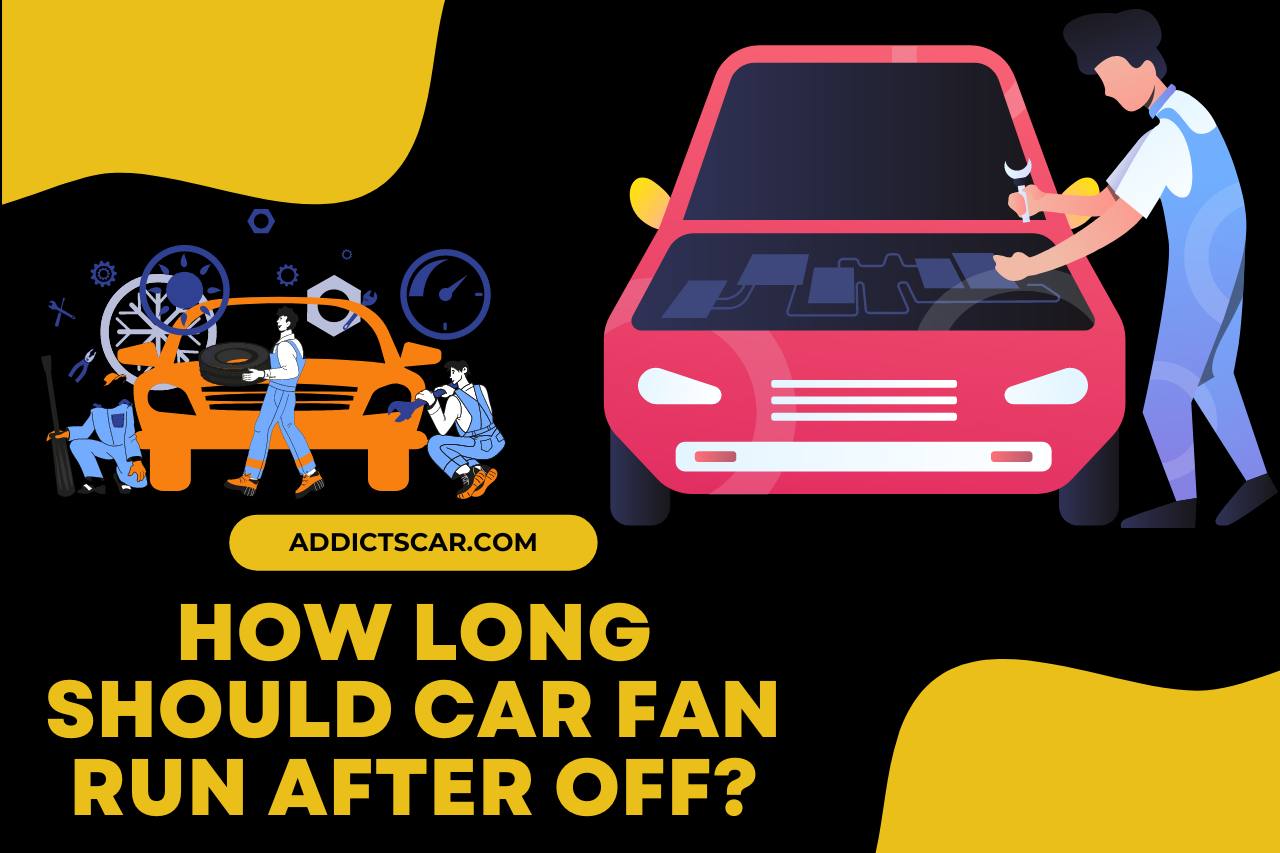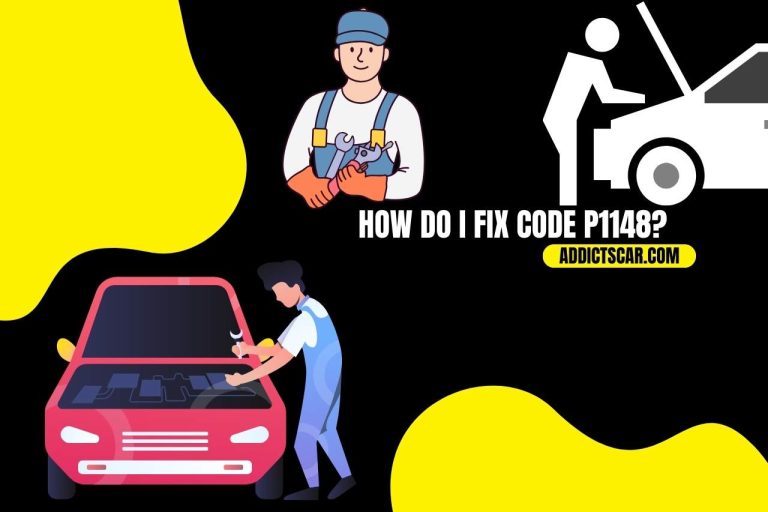How Long Should Car Fan Run After Off? Determining the Ideal Duration!
How long should car fan run after off? A common query about autos and their cooling systems is how long a car’s fan should run once the engine is shut off. The cooling fan is necessary for keeping ideal engine temperatures, particularly during prolonged driving or when the engine is under tremendous strain. The fan can operate briefly after the engine is turned off to remove any residual heat. The precise time depends on several variables, including the vehicle’s make and model, its environment, and previous driving circumstances. We will examine the variables affecting the fan’s runtime in this article and offer some general suggestions for helping understand this part of car cooling systems.
Should my Car Fan Run All the Time?
No, your car fan should not run all the time. To avoid overheating, a cooling fan in a car is programmed to turn on at a specific temperature for the engine. When the machine achieves a safe operating temperature the fan will turn off automatically.
It’s important to remember that the fan could keep running briefly after the engine is shut off in order to release any extra heat. That is particularly true when it’s hot outside or after a long drive with a lot of luggage.
The time the fan runs after the engine is turned off can change depending on the vehicle’s manufacturer and model, the weather outside, and current driving conditions.
An experienced technician must examine the cooling system if you find that the fan continues to run excessively or does not switch off at all.
It might signal a problem with the cooling system, such as a broken fan relay or temperature sensor.
Why does the Car Fan Continue to Run After Turning Off the Engine?
After turning off the engine, the car fan keeps running to deal with any remaining heat in the radiator and engine.
Cooling system circulation stops when the engine is turned off. But the radiator and engine parts can continue to hold much heat.
The cooling fan helps dissipate this remaining heat, preventing the engine from reaching excessively high temperatures while the car is parked. Several things may influence the fan’s continuing operation.
Extra heat could have been left over when the engine turned off if it had been running at high temperatures or under a heavy load.
The environment’s temperature also has an impact. The fan may need to operate longer to cool the engine and radiator in warm areas.

Temperature sensors and control modules monitor the heat levels of the engine in modern vehicles. These sensors will notice and turn on the fan, when the engine temperature reaches a predetermined level.
The fan will stop once the temperature drops to a safe operating level. Until that time, it will keep running.
Suppose the fan continues to run excessively or indefinitely after the engine is turned off. It can be a sign of a broken temperature sensor, a bad fan relay, or another problem with the cooling system. In these cases, it is advised to get the car serviced by a licensed mechanic to find and correct the issue.
How Long should the Car Fan Run After Off?
Several variables can affect how long a car fan should continue to operate once the engine is switched off. The specific brand and type of car is one crucial factor. Post-engine-off fan runtimes may vary depending on various manufacturers’ cooling system designs and fan control algorithms.
The amount of time the fan should operate also depends on the temperature outside. The fan may need to run for extended periods to remove the extra heat from the engine and radiator in higher temperatures
Current driving conditions also impact the fan’s runtime. There will likely be more leftover heat if the engine is running at higher temperatures or with heavy loads before being turned off, which could require running the fan for a more extended period.
There isn’t a set duration. It’s normal for the fan to keep operating for a few minutes after the engine is turned off. If the fan runs continuously or over, it can be a sign that the cooling system isn’t working correctly. In such circumstances, it is advised to get the car assessed by a qualified technician in order to identify and address any hidden issues.
Should I be Concerned If the Car Fan Continues to Run for an Extended Period?
If the fan on the car keeps running for a while after turning off the engine, it can be reason for concern. The fan should run for a few minutes to disperse any extra heat. But if it runs abnormally long, there may be a problem with the cooling system.
A temperature sensor or fan relay that isn’t correctly working could be one reason the fan isn’t getting the signal to stop. It may cause excessive battery drain and overheating if the fan keeps running unnecessarily.
Extended fan operation might also be a sign of issues with the engine’s cooling system, such as a faulty thermostat or a clogged radiator. These problems may make it difficult for the engine to reach and maintain the appropriate operating temperature, resulting in overheating and engine damage.
It is advised to have your car checked out by a trained repair if you notice that the fan constantly runs for a long time or continuously.
They can identify the issue and make any necessary fixes to guarantee the cooling system functions properly, avoiding any potential engine damage and maintaining its maximum efficiency.
What are the Reasons for Prolonged Car Fan Operation After Turning Off the Engine?
When a car fan continues to run after the engine has been turned off, there might be several reasons.
Engine temperature being high is one frequent cause. The fan might keep spinning if the machine was operating at a high temperature due to driving in hot weather or carrying heavy loads to keep the engine from overheating.
Another issue is a broken temperature sensor or fan relay. These parts are essential for measuring engine temperature and turning on the fan as needed. If they malfunction, the fan could keep operating even when it’s not necessary.
A broken thermostat or a blocked radiator may also cause extended fan operation. While a malfunctioning thermostat may prevent the engine from reaching the optimum operating temperature resulting in the fan running longer than necessary, a blocked radiator hinders airflow, resulting in insufficient cooling.
Some cars include a function known as a “cool-down cycle”, where the fan continues for an agreed-upon period of time after the engine turns down to remove any leftover heat.
It is advised to get your car assessed by an experienced technician if you notice extended fan operation on a regular basis. They can identify and fix the underlying problem, guaranteeing the cooling system’s appropriate operation and preventing engine harm.
What are the Signs of a Bad Fan?
A damaged or faulty fan in a car cooling system can display several symptoms. These alerts might assist in detecting possible problems and activating quick fixes.
One typical symptom is a fan that does not turn on when the engine hits high temperatures.
If the engine overheats, it may result from a damaged fan motor, defective temperature sensor, or malfunctioning fan relay. Be careful if this issue isn’t fixed straight away, it may result in engine damage.
On the other hand, a fan that continues to operate while the engine is cold or off is a matter of concern.
It may result from a broken temperature sensor or fan relay, which would cause the fan to receive the wrong signals and run continuously, potentially exhausting the battery.
Grinding, screeching, or rattling noises emanating from the fan are unusual sounds that point to a problem. It can indicate a need to fix a broken or outdated fan motor or tight fan blades.
Even with a well-working cooling system, the engine overheating or insufficient cooling may be a sign of a faulty fan. The engine will only be cooled adequately if the fan moves enough air through the radiator, which might result in higher engine temperatures and possible engine damage.
Visual examination is further crucial. Cracks splits, or deformations in the fan blades might prevent proper air circulation and cooling. Damage should be repaired as soon as it appears.
If you see any of these signs, it is suggested that you have a qualified mechanic inspect your vehicle. To guarantee optimal engine cooling and stop future damage. They can evaluate the fan or cooling system issue and offer the proper fixes or replacements.
Watch this one,
Video Credits – Auto Repair Guys
You May Also Like
- Should a Fan Clutch Spin Freely When Hot? – Guide
- How to Fix a Blinking Hyundai Check Engine Light? [Easy Steps]






![Why Won’t My Windshield Wipers Turn On? [FIXED]](https://www.addictscar.com/wp-content/uploads/2023/10/how-to-clean-xbox-one-fan-without-opening-67-768x512.jpg)
